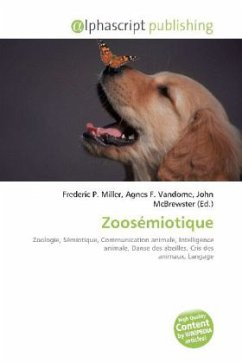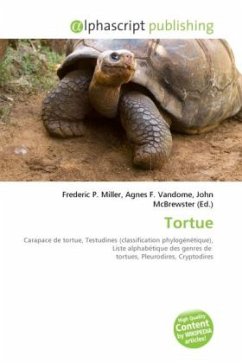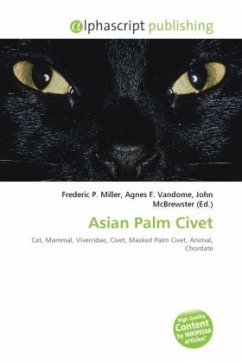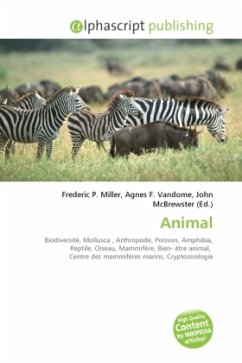High Quality Content by WIKIPEDIA articles! Caniformia, or Canoidea (literally "dog-like") are a suborder within the order Carnivora. They typically possess a long snout and non-retractile claws (in contrast to the cat-like carnivores, the Feliformia). The Pinnipedia (seals, sea lions, and walruses) evolved from caniform ancestors and are accordingly assigned to this group. Most members of this group have non-retractile claws (the ring-tailed cat's claws are semi-retractile) and tend to be plantigrade (with the exception of Canidae). Another trait that separates them from the Feliformia is that they have more teeth. They have a longer rostrum with less specialized carnassials. They tend more towards omnivorous and opportunity-based feeding, while the feliforms are more specialized in eating meat. Caniforms have single-chambered or partially divided auditory bullae, composed of a single bone, while in feliforms the auditory bullae are double-chambered, composed of two bones joinedby a septum.
Bitte wählen Sie Ihr Anliegen aus.
Rechnungen
Retourenschein anfordern
Bestellstatus
Storno








